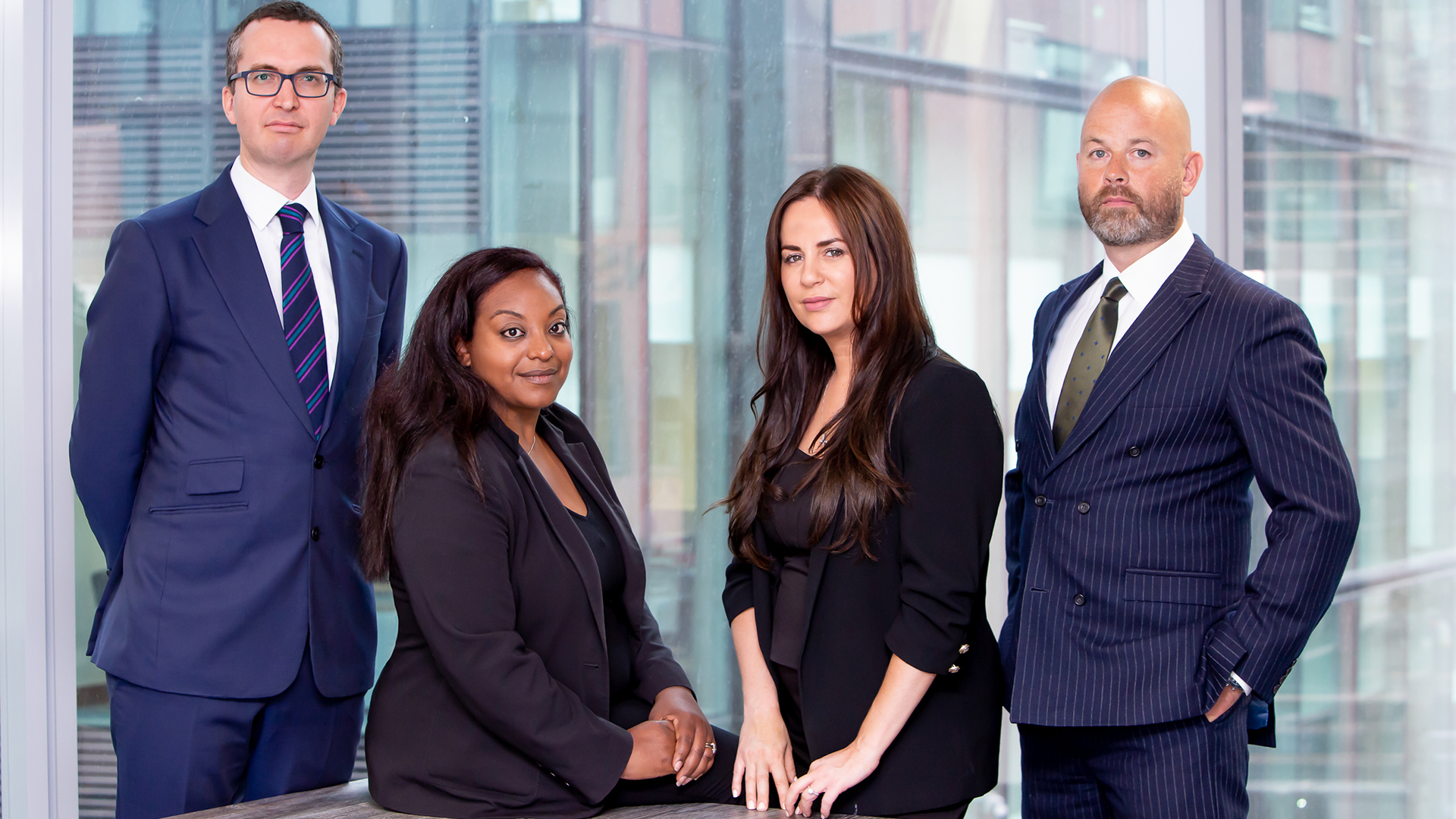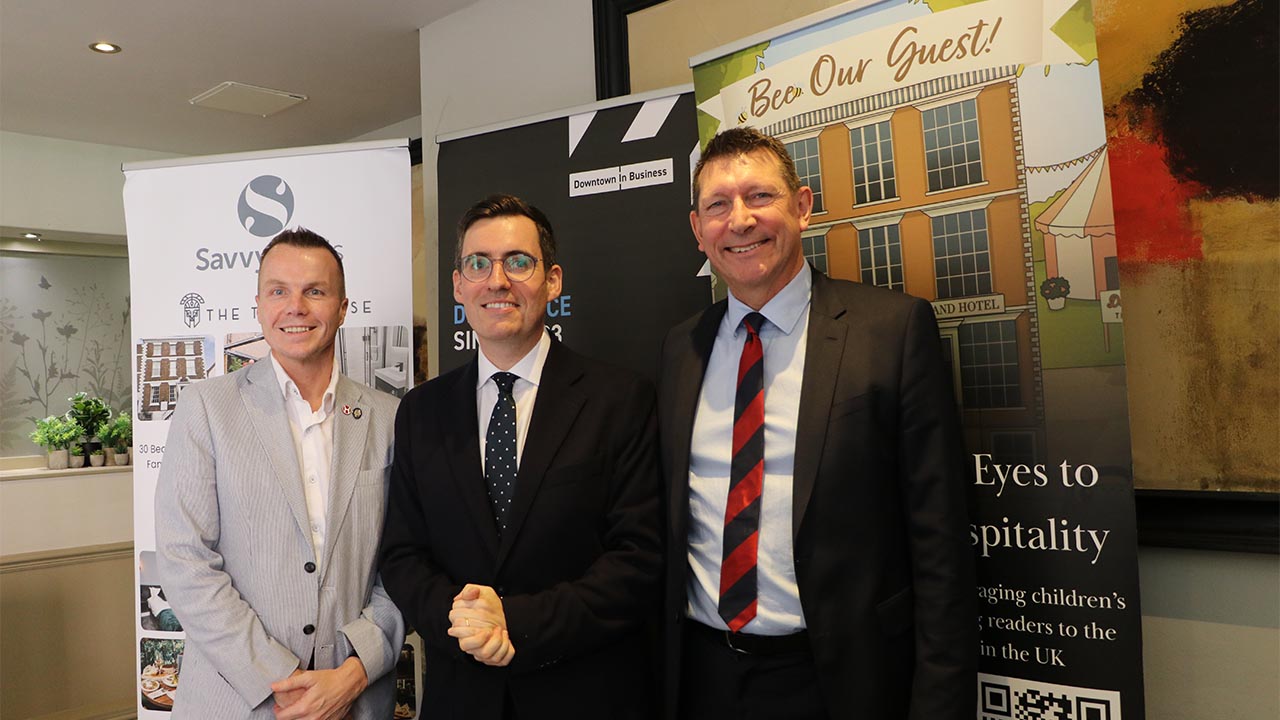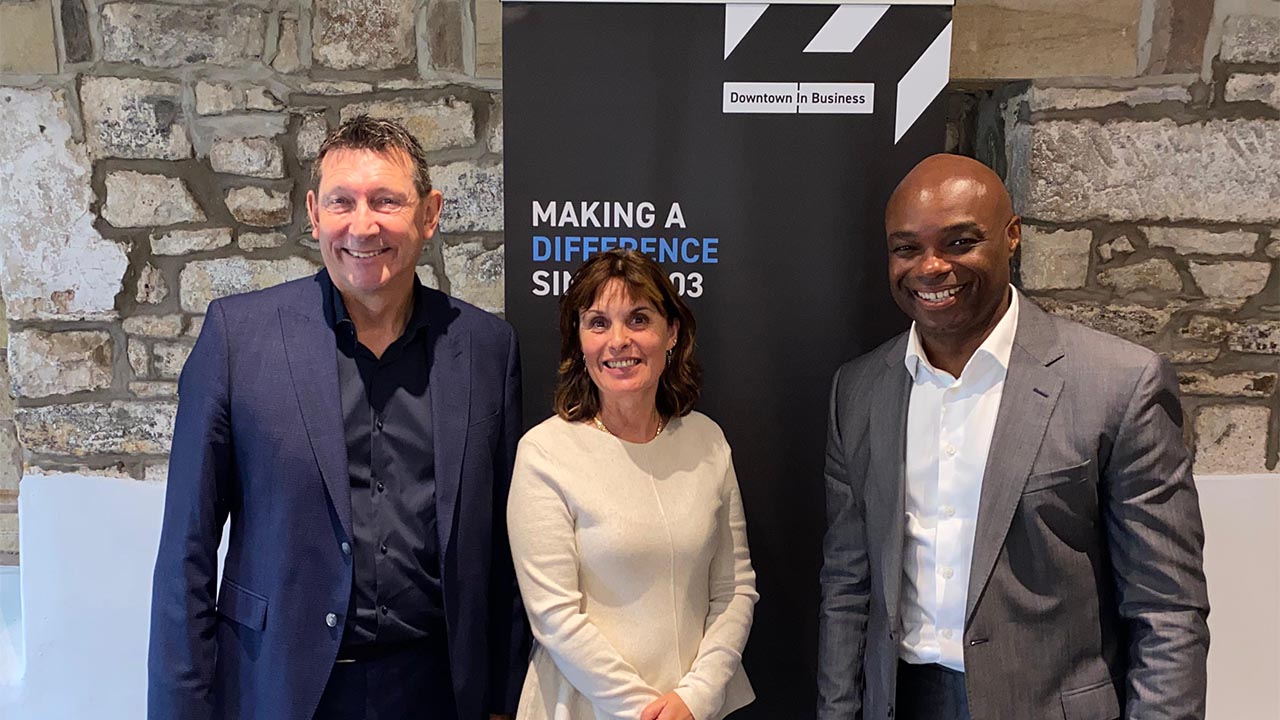Leading motoring specialist warns ‘Don’t drink and drive’
Leading motoring specialist Matthew Reynolds, from Astraea Linskills warns drivers of the catastrophic consequences a festive tipple can cause. As winter approaches and Police Forces across the country implement their Christmas campaigns, stepping up patrols to detect those who drink and drive, Matthew has a stark warning for those who drive whilst over the legal limit.
Since the late 70’s various drink drive initiatives have driven the casualty figures down. However, the statistics are still worryingly high. Figures released by the Department for Transport in 2020 estimate that 240 people were killed in accidents where at least one driver/rider was over the drink drive limit and that the number of drink driving casualties of all severities was nearly 9000 people. By some margin, the majority of both perpetrators and casualties are men and most of those casualties are between 25 and 59, with young adults between 16 and 24 over-represented in the figures.
Whilst Matthew’s advice is “never drink and drive”, he is also keen to highlight some situations where people may unwittingly create a danger on the road, risk their driving licence and even their livelihood.”
‘The morning after the night before’ – DFT figures for 2020 show that 421 drivers/riders failed a breath test or refused to provide a specimen between in the morning (between 6am-12pm). These “morning after” drink drivers account for 12% of the total of drink drivers detected at any time of the day. A very heavy drinking session can take 24 hours for the alcohol to be eliminated to a level when it is legal to drive. Even a bottle of wine can take over 12 hours to dissipate to a level when driving is safe. In reality, the alcohol that we consume is eliminated from our bodies at varying rates dependant on various factors such as age, gender, weight and height and whether or not you have eaten or taken medication.
Pouring your own measures can make it difficult to calculate units and volume consumed due to the generous nature of the home style free pour! Social situations can be difficult to police in terms of alcoholic units consumed, as friends and colleagues top up glasses and any calculation becomes virtually impossible to monitor.
The pressure of the school run – getting the kids to school before work, is an area where sometimes common sense can go out of the window. it might be a short journey with time of the essence but often insufficient hours will have passed to allow last night’s celebratory drinks to dissipate from your system.
It goes without saying that the Police will also be watching closely for people driving whilst under the influence of or illegal drugs and prescribed drugs. While driving the day after a boozy night out can mean you are breaking the law, drugs could stay in your system at a level that puts you over the legal limit for several days.
Lack of available taxi’s – During theChristmas period it is notoriously more difficult to get taxis. Post covid, with taxi driver numbers seriously depleted making hailing a cab much more difficult, this can often be the deciding factor for people who “think they should be OK” to drive. Plan ahead, check out your public transport routes and times or arrange for a family member or friend to collect you. Or better still, if you plan to go out after work, don’t take your car at all and avoid the temptation
My advice is that it is practically impossible for an individual to calculate when they will be under the limit and that it safest not to drive after drinking any amount. If you are planning to enjoy a tipple or two during the festive period, don’t take a chance and risk the potential consequences. Leave your car and use a cab or public transport. Any minimal inconvenience is far preferable to you losing your licence, your job or injuring of killing yourself or innocent third parties. It is simply not worth it.






